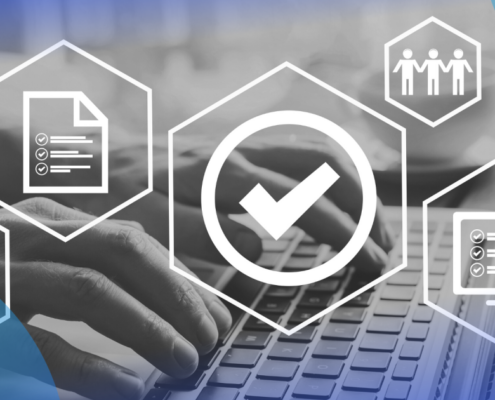
Today’s utility customer expects the same customer experience that the likes of Amazon or a financial institution provide. That is, proactive, real-time, and relevant via the location, time, and channel of their choice. To address these expectations, utilities recognized the need to modernize their grid, diversify their services, and improve customer engagement. As a result, many are in the midst of large-scale digital transformation programs. The success of these complex, multifaceted programs—covering operations, customer service, field operations, technology enablement, data analytics, and more— often hinges on how well utilities prepare their organizations to manage the change throughout the program.
Executive sponsors understand how critical planning for change management in advance is key, elements to include in a successful and effective executive support plan for utilities Organizational Change Management (OCM) are below:
• Establishing a change management strategy and framework.
• Identifying and coaching change champions across and at all levels of the organization.
• Advocating for training sandbox access to new systems and functionality, with the aim to demystify the new features and support better adoption and proficiency at ‘go-live.’
• Encourage post-go-live support for supplemental training and skills development.
• Insist on training activities that use real data (not mocked up data), have a full complement of job-specific procedural documentation vs. functionality-based training.
These are common approaches to help organizations deliver business value from newly implemented systems, technology, and processes. For most utilities, it is easy to deliver a new system/technology but it is hard to deliver one that users will use effectively, efficiently, and consistently. In other words, change management is about delivering user adoption, user proficiency, and business value.
In the utility sector, companies often struggle to follow through with the change management program they initially had success with. Why is this? Good intentions and early planning in the program quickly meet the realities of constrained budgets, resource limitations, and time pressures. Unfortunately, the intangible, though important, components of well-executed change management activities are often the first casualties in sustained operations.
In a proper risk management approach, the implications on benefits realization—not just budget, scope, and timeline—will be revealed.
C-Level executive sponsors of these changes often find that it is necessary to adjust priorities and delivery schedules to achieve program milestones. Too often, the implications of reducing the focus of change management programs and follow-through in order to accommodate budgets and timelines aren’t felt until it’s too late, during adoption failure. Keeping a good change plan forefront and keeping budget to do so is critical to project success.
In order to avoid these pitfalls, utility companies should incorporate change management plans and activities into the project management and operations in lifecycle and approach that has (hopefully) already been established at both the program and project level.
By treating alterations to the change management strategy and approach as risks to be managed, you can bring visibility to the implications. Examples include moving ahead with training on sample data instead of real-world data or executing vendor-supplied “functional” training instead of developing and executing job-specific training programs on the new system/technology.
In a proper risk management approach, the implications on benefits realization—not just budget, scope, and timeline—will be revealed. This allows both executives and the delivery team to understand the impact of reducing or redirecting change management activities, plans, and resources.
Ultimately, for many utilities, a change management approach will develop organically from what they have done in the past with various levels of success. But for those utilities looking to take big steps forward, they would do well to spend some time at the beginning of their program to consider not only if they have all the pieces they need, but, more importantly, the pitfalls of losing sight of the relentless focus needed on user adoption, proficiency, and business benefits.











